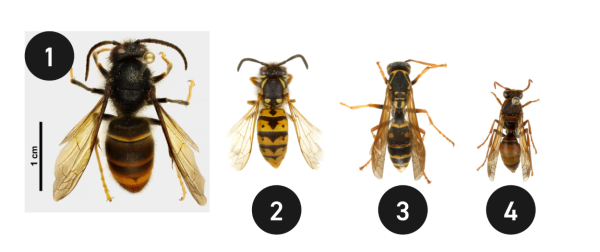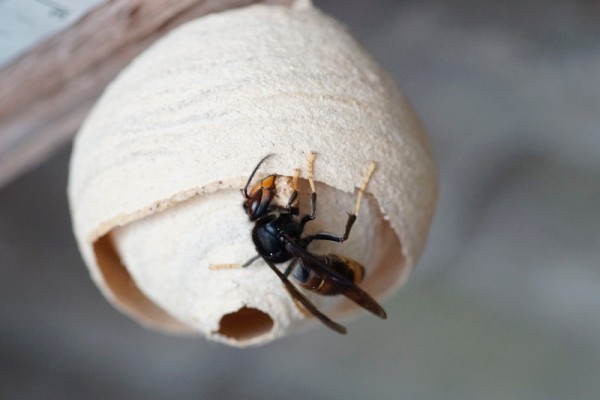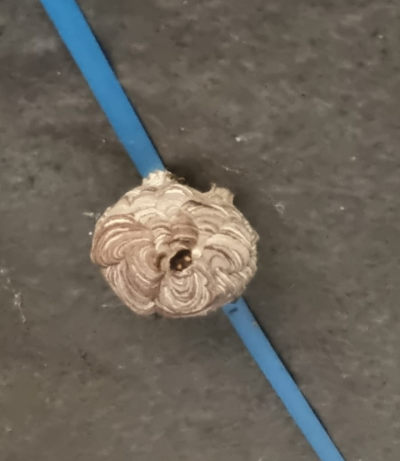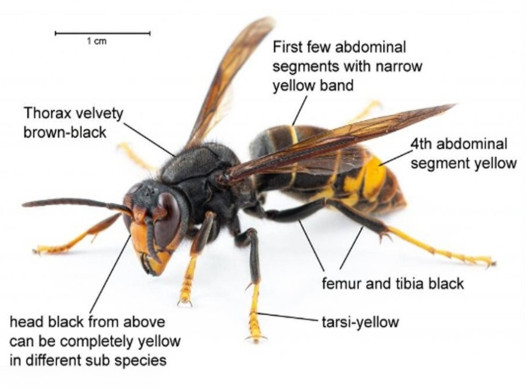Latest update: 12 December 2025
Biosecurity New Zealand is urging Aucklanders to continue to be on the lookout for yellow-legged hornets (Vespa velutina) or nests.
We’re responding to the discovery of queen hornets and nests in the Glenfield and Birkdale areas on Auckland’s North Shore.
To date, there have been 36 confirmed queen hornets found (based on specimens). Twenty-four of the 36 confirmed queen hornets were found with either developed nests or evidence of nesting.
Biosecurity New Zealand expects to find more hornets over the summer due to increased surveillance.
We’ve had an excellent response from the public. We have received more than 5,740 notifications to date.
A Technical Advisory Group (TAG), comprising independent scientific experts from countries that have successfully managed hornet incursions, is supporting the response.
Their recommendations are shaping Biosecurity New Zealand’s strategy.
Key additional actions underway include:
- trapping has been extended out to 5km from the hornet detections, with a combination of carbohydrate and protein traps. Further extensions are being made as needed
- increased staff on the ground to accelerate detection and removal
- introducing advanced tracking technology from the Netherlands to trace hornets back to their nests
- hosting a specialist from the UK’s hornet response team to train staff and advise on programme delivery.
Hornet trap locations and detection area
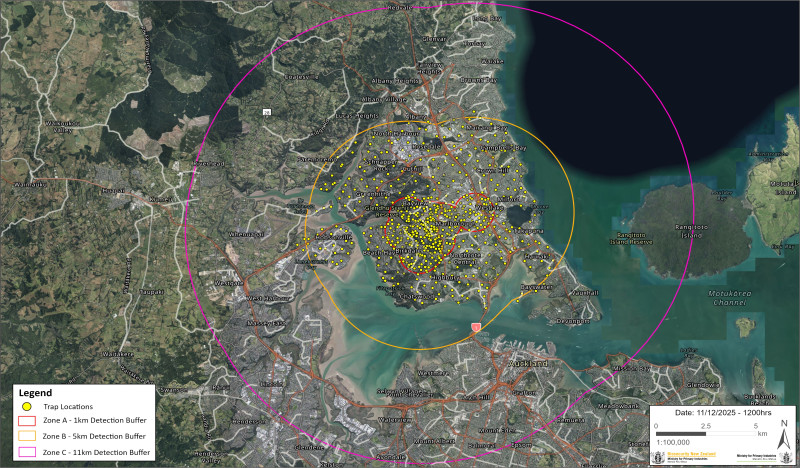
Trap locations as at 11 December 2025 (yellow dots). All queen yellow-legged hornets have been found in Zone A (red circle) – a 1km buffer around detections.
Download the map to print it [JPG, 12 MB]
Report any suspected sightings
The best surveillance tool we have is for people to report any sightings of suspected hornets or hornet nests. This can be done:
- online at report.mpi.govt.nz
- by calling our exotic pest and disease hotline on 0800 809 966
These detections have given us a good indication of where the hornets may be.



